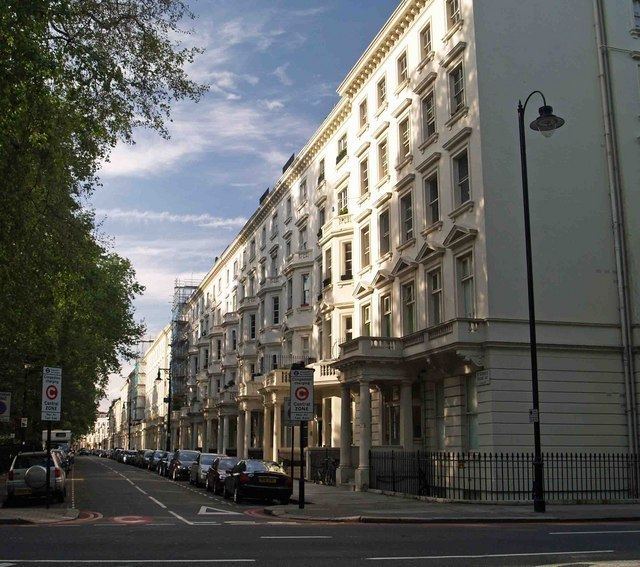Phone +44 20 7641 2390 | ||
 | ||
Hours Open today · 8:30AM–6:30PMFriday8:30AM–6:30PMSaturday8:30AM–6:30PMSunday8:30AM–6:30PMMonday8:30AM–6:30PMTuesday8:30AM–6:30PMWednesday8:30AM–6:30PMThursday8:30AM–6:30PMSuggest an edit | ||
St george s square london
St George's Square is a long narrow garden square in Pimlico, London. At the northern end is Lupus Street, with Pimlico tube station close by and Belgrave Road to the east. At the southern end is Grosvenor Road (A3212) running along the River Thames.
Contents
- St george s square london
- Valletta malta st george s square musical fountain
- History
- Residents
- Today
- References
Valletta malta st george s square musical fountain
History
Pimlico's development was started in 1835 by the landowner, the Marquess of Westminster, and the building was supervised by Thomas Cubitt who also designed the gardens. St George's Square was originally laid out in 1839 as two parallel streets running north-south but by 1843 had been developed into a formal square, London's only residential square open to the River Thames. The first residents moved in in 1854. Until 1874 the square had its own pier for steamers.
St George's Square was in the parish of George Hanover Square and was named after the patron saint of England. In the gardens, now known as Pimlico Gardens, stands a stone statue by John Gibson of William Huskisson MP — the first person ever to be run over and killed by a railway engine — wearing a Roman senatorial toga. The statue, originally designed for the Royal Exchange, was placed in the gardens in 1915. The statue was described by Sir Osbert Sitwell as "boredom rising from the bath". The Church of St Saviour (1864) stands at the north end of the square; it was designed by Thomas Cundy the Younger, who was the surveyor for the Grosvenor estate.
Residents
The square has had many notable residents. The author Bram Stoker died at number 26 in April 1912, the author and gamesman Stephen Potter lived at number 56 in 1924 while teaching at a crammer at number 68, and William Makepeace Thackeray's eldest daughter Anne Ritchie made her home at number 109 from 1901 to 1912.
Today
Much of Cubitt's original square remains and is predominantly four and five storey white stucco townhouses, although these have now been divided into flats. A survey in 2007 showed that 34% of residents are aged between 30 and 45 years old and that the dominant ethnic group self-identifies as White British (75%).
